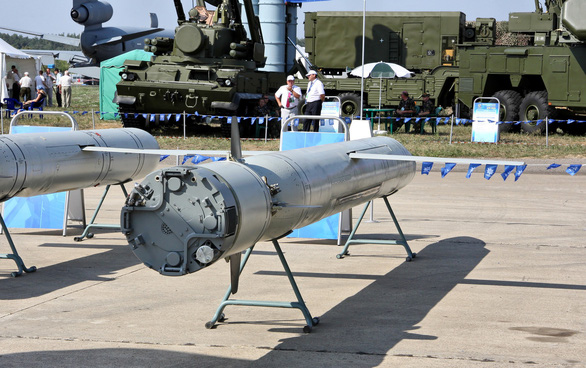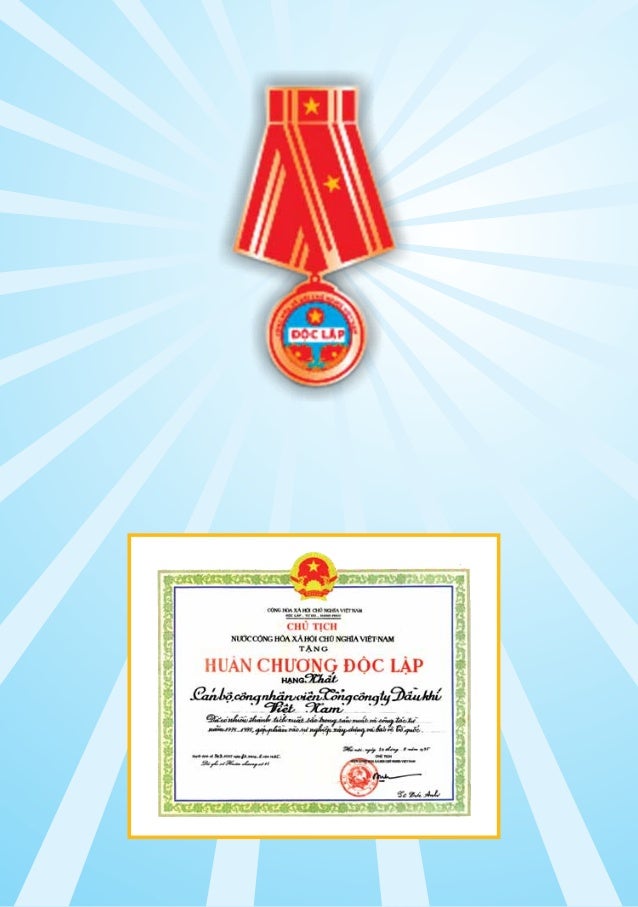Bn Du Khi Vit Nam
Mar 10, 2016 Nam Du is blessed with natural beauty and this is the real draw of this tiny archipelago. The following are some of the things you can see and do in Nam Du: Nam Du Island Discovery Tour. Discover the Nam Du archipelago by joining a full or half day tour of the Nam Du Islands. Tng ngay hang triu xu khi mi bn b mnh cng tham gia tranh ti.- Mu sc, hnh nh bt mt, du nh, m bo chi lu m khng gy ra hin tng nhc mi cho mt- Game u tin c ch bot nh thay khi ngi dng bn, khng tip tc.
Nam Du (area 40 square/km) is part of Kien Hai District, a district that consists of 73 islands with Hon Tre Island, the districts administrative capital, being approximately 25 km away. Nam Du is 83 km (52 miles) west of Rach Gia City, the capital of Kien Giang Province, and 40km south of District, the more famous island archipelago in Vietnam. The terrain on Nam Du is mountainous and very rugged, formed as result of seismic activity in the area, with the highest point at 309 meters above sea level. Nam Du’s inhabitants are simple people who live and die by the sea. There are roughly 6,000 people who live in one of the 2 communes found in the archipelago: An Son Commune or Nam Du Commune. The Nam Du archipelago is affected by the same monsoonal weather as Phu Quoc and thus has only 2 real seasons, a dry season from November to May and a wet season from mid May to mid October.
Bn Du Khi Vit Nam Nhat

The best time to travel to Nam Du is from December to March, as the seas are calm, the weather is consistent, and the temperature is comfortable. There are also more ferry's running during this time period.
The only way to reach Nam Du is by ferry, as the archipelago's rough mountainous terrain is too rugged for an airport strip.Nam Du TodayThanks to the increasing media coverage about the various Kien Giang Islands, shared photos on social media sites like Facebook, and videos posted on Youtube, more and more holidaymakers are visiting Nam Du to relish the advertised charms for themselves and tourism authorities are still struggling to cater to the burgeoning travel demand. During the weekends hordes of package tourists invade Hon Lon Island, Nam Du's most popular island, and the limited rooms that are available on the island are often booked in advance. However the island is rapidly developing and building the necessary infrastructure needed to cater to the new pent up demand. New accommodations are rapidly being built, there is electricity available 24 hours a day now, the main road is now paved, 3G connectivity is good and WiFi can be found at most motels. Also there are now 2 ferry companies that that depart for Nam Du from Rach Gia multiple times a day. In 2015 the Superdong Ferry Company launched a 165-passenger fast ferry service to Hon Lon Island, Nam Du reducing sea travel time from five hours to just a little over two hours. With all this new-found tourist interest, prices have also increased especially during the weekends.
Please note that as of January 21, 2018 that Nam Du remains off-limit to foreigners but that will soon change in a few weeks. We've heard that foreigners are requested to obtain permission/permit to enter the islands, which they can obtain in Rach Gia, but it seems as if this permit does not exist. Nam Du is off limits to foreigners because Nam Du businesses cater to mainly “package tourists and tour groups” and the island has reached capacity.
Nam Du ferry tickets are sold out because they have been either reserved or per-purchased in advanced. The island cannot handle its new found popularity and restricts foreigners and most independent travelers who just show up to Rach Gia Port.
It is possible to buy “scalped” tickets, but we do not recommend it as once you arrive on Nam Du there is a good chance you will not find any accommodation options. We will update this information as we learn more, and you will see why the island archipelago is one the most in-demand tourist destinations in Vietnam by reading the following sections. Nam Du is blessed with natural beauty and this is the real draw of this tiny archipelago. The following are some of the things you can see and do in Nam Du:Nam Du Island Discovery TourDiscover the Nam Du archipelago by joining a full or half day tour of the Nam Du Islands. The itinerary for these tours consists of visiting the popular islands, swimming at calm bays, snorkeling in areas that have good coral, and visiting Nam Du's best beaches. There are 2 tours available, a full day tour or half day tour.
The full day tour begins at 7am and ends at 6pm and includes 1 meal. This tour visits more islands and you will have more opportunities to swim and snorkel. The half day tour has two start times one being in the morning from 7am to 1pm and the other being in the afternoon starting at 1pm and ending at 6pm. The half day tours visits Hon Lo island for snorkeling and fishing, then Hon Mau Island to discover the beaches and for lunch, and finally Hai Bo Dap for more snorkeling. Life jackets and googles are included.

If you do plan on participating in one of these island tours, make sure you bring plenty of sunscreen and drinking plenty of fluids.Tour Operators:Sau Co – Tel: or.Recommended; they are located near the pier.
The Vietnam Center and Archive. ^.
Department of the Navy, Naval Historical center. ^. Veterans Support and Advocacy Service Australia.
Archived from on 2010-07-02. (PDF). Department of the Navy, U.S.
Naval Forces Vietnam. Smith, Charles (1988). Marines in Vietnam High Mobility and Standdown 1969.
History and Museums Division, Headquarters, U.S. Marine Corps.
P. 300. Smith, p. 101. Smith, p. 33–51.
^ Smith, p. Department of the Army, Office of the Adjutant General.
Archived from (PDF) on 2 October 2012. Australian War Memorial. Smith, p.
57–58. ^ Stanton, Shelby (2003). Vietnam Order of Battle. Stackpole Books. P. 13.
Smith, p. 109-117. Smith, p. 63–64. Turner Publishing (1997). The 1st Infantry Division in Vietnam: 'The Big Red One', 1965-1970. P. 28.
Morocco, John (1985). The Vietnam Experience Rain of Fire: Air War, 1969–1973.
Time-Life Books. P. 13.
Morocco, p. 13. Stanton, Shelby (2003). The Rise and Fall of an American Army: U.S. Ground Forces in Vietnam, 1965-1973. Presidio Press.
P. 290. Stanton, p.
Department of the Army, Office of the Adjutant General. Smith, p. 105-125.
Smith, p. 117–118. Starry, Donn (1980).
Armored Combat in Vietnam. P. 154.
Smith, p.66. Sweetman, Jack. American Naval History: an illustrated chronology of the U.S. Navy and Marine Corps, 1775-present. Naval Institute Press. P. 234. ^ Smith, p.
159–160. (PDF). Headquarters 101st Airborne Division, Office of the Commanding General. 24 May 1969. Smith, p. 67-68. Smith, p.
69–71. Smith, p.
174. (PDF).
Smith, p. 69.
Smith, p. Brown Water, Black Berets: Coastal and Riverine Warfare in Vietnam. Naval Institute.
P. 313. Smith, p. 193. Clarke, Jeffery (1988). United States Armey in Vietnam: Advice and Support The Final Years 1965-1973. Government Printing Office.
Bn Du Khi Vit Nam 2017
Pp. 412–415. Smith, p. 159-164. Smith, p. 159-162. Smith, p.
194-196. Smith, p. 141-149.
Fulton, MAJ GEN William (1973). Vietnam Studies: Riverine Operations 1966-1969.
Department of the Army. Pp. 182–183. Smith, p. 172. Smith, p.

170. Nalty, Bernard (2005). The War Against Trucks: Aerial Interdiction in Southern Laos, 1968-1972. Air Force Museums and History Program. Pp. 110–116.
Sigler, David (2003). Vietnam Battle Chronology: U.S. Army and Marine Corps Operations, 1965-1973. McFarland & Company. P. 107.
Hall, Robert (2008). Combat Battalion: The 8th Battalion in Vietnam. Allen & Unwin Pty. P. 101.References. John M. Carland (2000), Combat Operations, 430 pages. Marvin E.
Gettleman (1995), Vietnam and America, 560 pages. Lewis Sorley (2007), A Better War: The unexamined victories and final tragedy of America's last years in Vietnam, 528 pages. Mark Woodruff (1999), Unheralded Victory: The defeat of the Viet Cong and the North Vietnamese Army 1961–1973, 416 pagesExternal links.